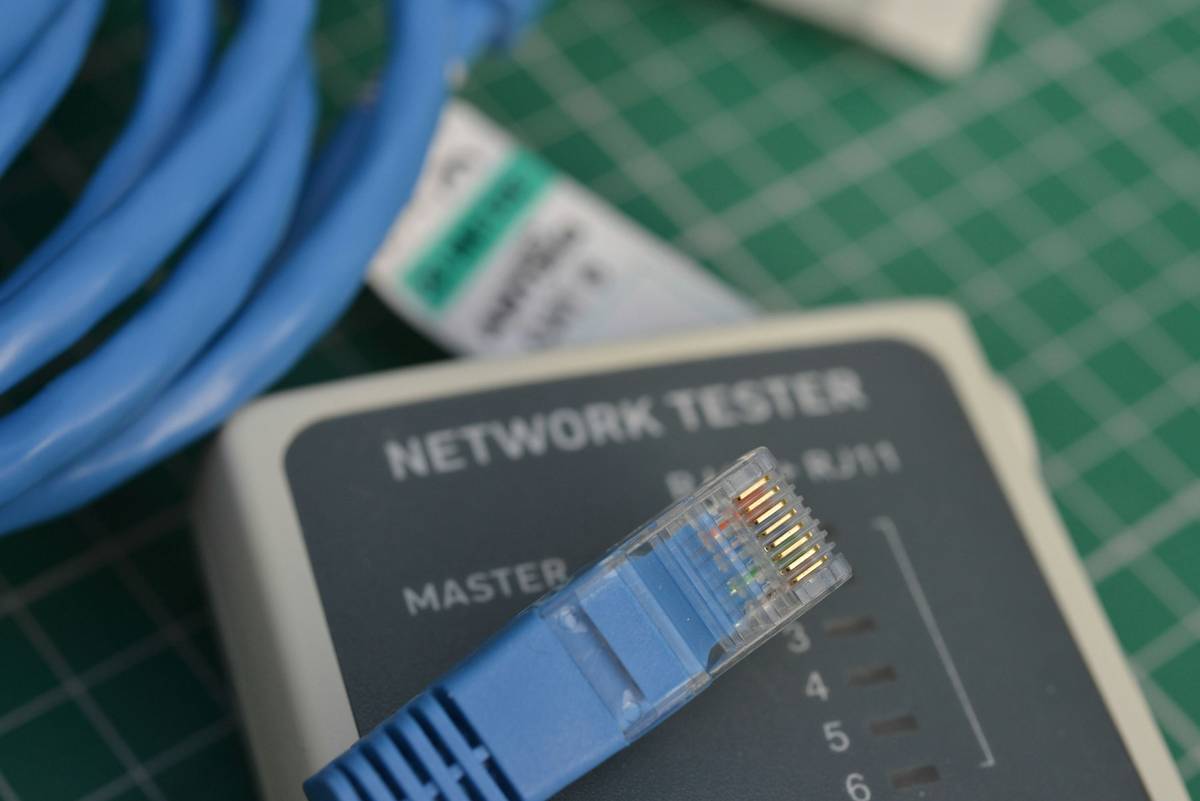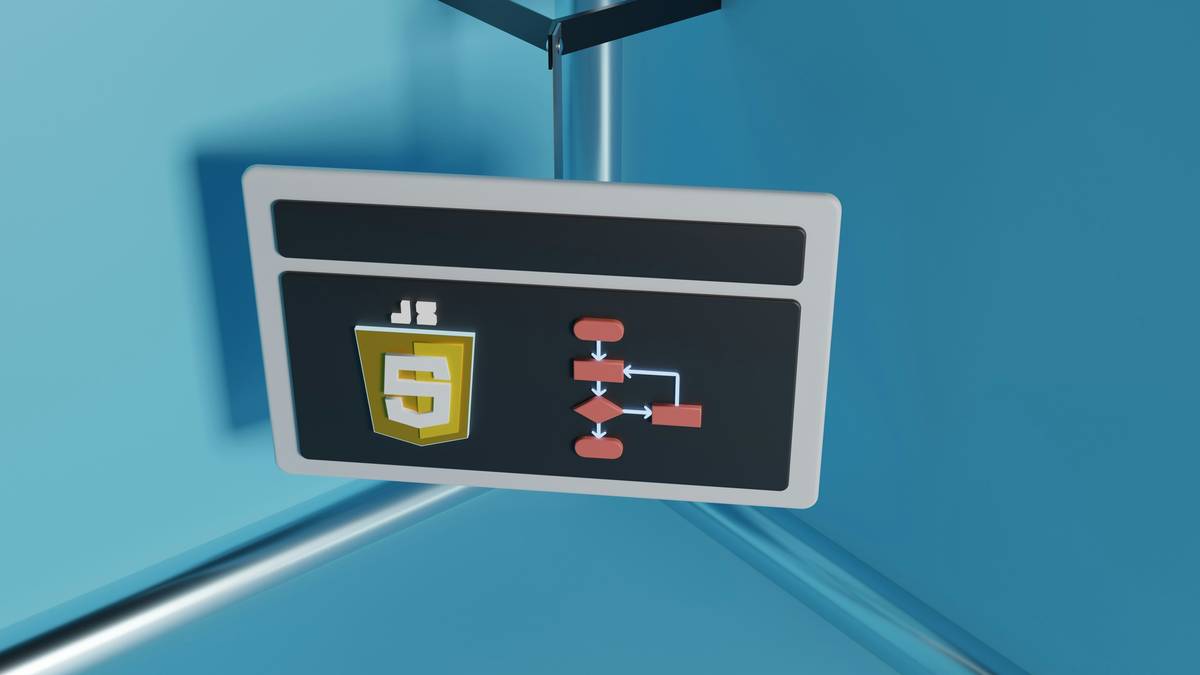“Ever thought about how many cyberattacks happen every minute? Spoiler: It’s a lot.”
The digital world moves fast, and so do hackers. According to Cybersecurity Ventures, global cybercrime costs are projected to reach $10.5 trillion annually by 2025. Wild, right? Now imagine your business being the next target because you didn’t patch that software vulnerability in time. Oof.
In this post, we’ll break down what makes vulnerability scanning software essential for tackling cybersecurity challenges today. You’ll learn about its role in protecting data, practical steps to implement it, best practices, real-life examples, and—yep—the occasional rant about tools that claim too much but deliver nada. Let’s dive in!
Table of Contents
- Key Takeaways
- The Problem: Unpatched Vulnerabilities Everywhere
- Step-by-Step Guide: Implementing Vulnerability Scanning Software
- Best Practices for Cybersecurity Success
- Real-World Examples of Effective Use
- FAQs About Vulnerability Scanning Software
Key Takeaways
- Vulnerability scanning software helps identify weak spots before hackers exploit them.
- Regular scans are non-negotiable if you want robust cybersecurity hygiene.
- Picking the right tool depends on your organization’s size, industry, and risk profile.
- Ignoring vulnerabilities can lead to catastrophic breaches—and no one wants that headache.
The Problem: Unpatched Vulnerabilities Everywhere
Let me tell you a story. Once upon a time, I worked with a startup that thought they were invincible online (classic rookie mistake). They had all their firewalls up, anti-malware installed, and passwords longer than War and Peace. But there was one glaring issue: an outdated plugin on their CMS system. Hackers found it faster than my cat finds sunbeams.
“Grumpy Me:* ‘Didn’t we talk about updating plugins?’ Optimist Them:* ‘It seemed fine last week…’”

This isn’t uncommon. Many organizations focus solely on external threats while ignoring internal weaknesses like unpatched systems or misconfigured settings. This is where vulnerability scanning software comes into play—it acts as your watchdog, sniffing out potential entry points before bad actors strike.
Step-by-Step Guide: Implementing Vulnerability Scanning Software
If hearing “vulnerability scan” makes you think *“Ugh, another thing to manage,”* don’t worry. We’ve got this.
1. Assess Your Needs: What Do You Really Need?
Different tools cater to different needs. Are you running a small team with only a handful of devices? Or are we talking enterprise-level chaos? Choose wisely.
2. Research Tools That Fit Your Budget
Popular options include Nessus, Qualys, and OpenVAS. For tighter budgets, open-source alternatives exist—but buyer beware; some require serious tech chops.
3. Set Up Regular Scans
Schedule automated scans weekly—at least. Trust me, leaving it to “whenever feels convenient” is asking for trouble.
4. Review Reports Immediately
No sense in having reports collect virtual dust. Review findings ASAP and prioritize fixes based on severity ratings.
5. Document Your Process
Keep records of scans, updates, and resolutions. It’ll save your bacon during audits—or worse, incident response.
Best Practices for Cybersecurity Success
- Patch Early, Patch Often: Don’t wait until hackers make headline news to update.
- Layer Your Defenses: Think Swiss cheese—not just one layer of protection but multiple overlapping ones.
- Educate Employees: People, not tech, cause most security breaches. Train your team.
- Avoid Overwhelm: Start small. Focus on critical systems first.
- Hire Experts When Needed: If managing scans sounds like pulling teeth, consider outsourcing.
Terrible Tip Alert! Someone once told me, “Skip vulnerability scans and rely on intuition instead.” UGH. Just… no.

Real-World Examples of Effective Use
Tech giant Target famously suffered a massive breach back in 2013 due to overlooked vulnerabilities. Fast forward to now—they’re using advanced vulnerability scanning software integrated across all operations. The result? Fewer headaches, happier customers, and better sleep for their IT team.
On a smaller scale, a local accounting firm dodged disaster after a routine scan flagged outdated encryption protocols. One quick fix later, they avoided becoming ransomware victims. Phew!
FAQs About Vulnerability Scanning Software
Q1: How often should I run scans?
A: Weekly for high-priority assets, monthly for others. Adjust frequency based on risk levels.
Q2: Does free software cut it?
A: Sure—if you enjoy troubleshooting more than actual work. Go premium unless you’re truly strapped.
Q3: Can AI replace human oversight in scanning?
A: Not yet. AI helps surface issues, but human judgment remains vital for prioritizing fixes.
Conclusion
To sum it up, vulnerability scanning software is your secret weapon against modern cybersecurity challenges. It identifies weak points before attackers swoop in, saving you from costly disasters. Follow our step-by-step guide, lean on best practices, and stay vigilant. Because when it comes to cybersecurity, complacency kills.
Remember: Like Tamagotchis in the early 2000s, your defenses need constant care. Now go forth and secure!



